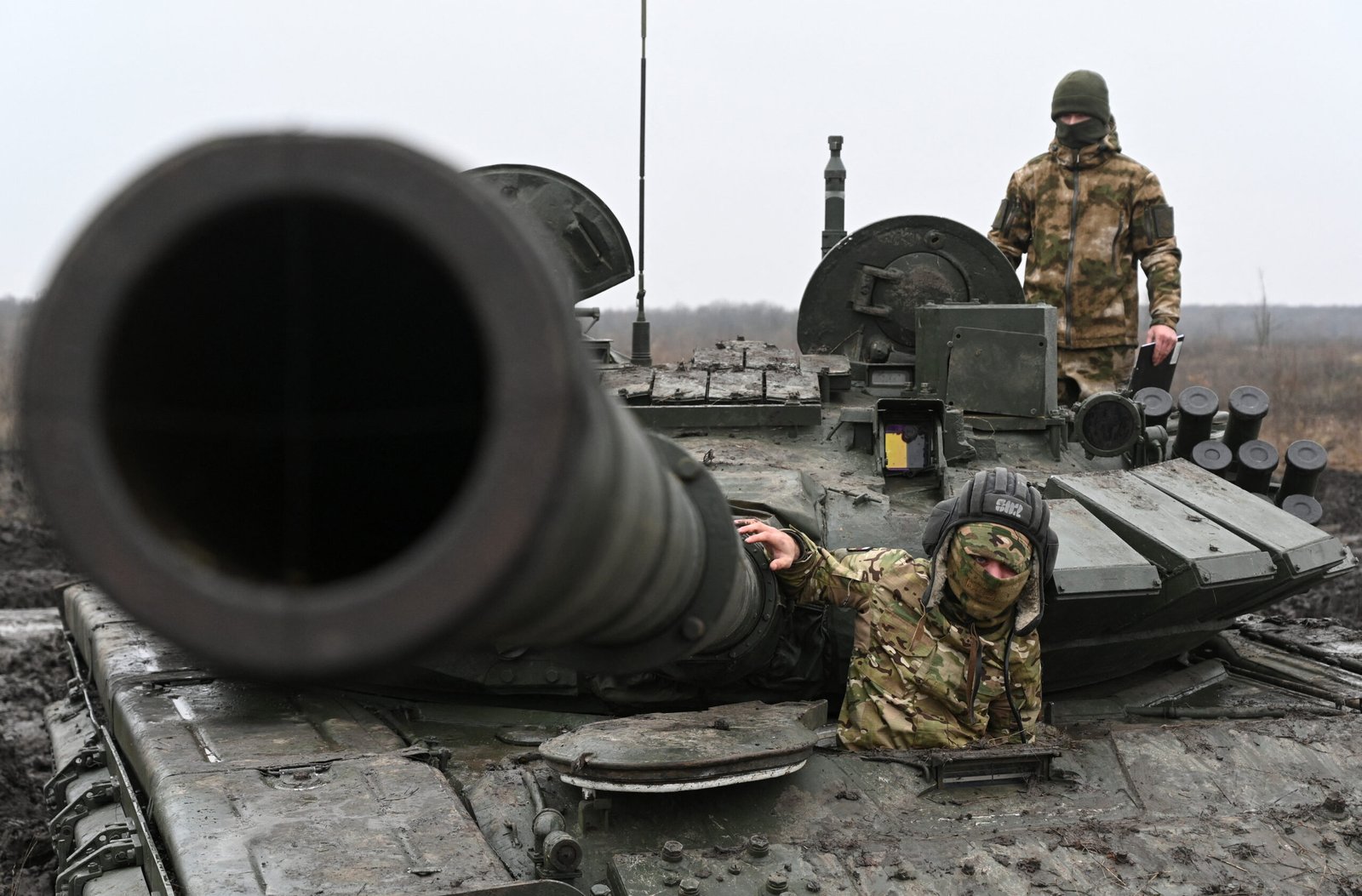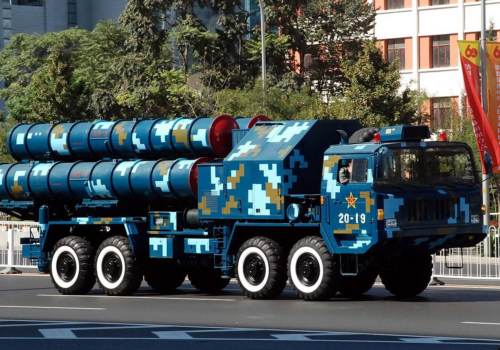The piece was originally published by 19FortyFive.
It has become something of a cliché in Washington policy debates that the world today is more unstable and dangerous than at any time since the end of the Cold War. But even this statement doesn’t fully capture the gravity of the situation, for the reality is that at no point during the post-Cold War era have we witnessed a surge of direct and proxy great power conflicts comparable to what we have seen in the past decade. Nor has deterrence failed so often in such a short period of time.
A challenging time in global affairs
In only the past three years, Russia invaded Ukraine for the second time, Hamas attacked Israel—the closest US ally in the Middle East—while Iran proceeded to launch an unprecedented direct attack on Israel. Today, the North Korean military is deployed in Russia against Ukrainian forces—an Asian power and officially a noncombatant fighting in the largest war Europe has seen since 1945, with Washington seemingly at a loss as to how to respond.
At a structural level, an alliance hostile to the United States and its allies in Europe and Asia has coalesced, with Russia, China, Iran, and North Korea forming a new “Axis of Dictatorships” to support and enable each other at speed and scale, with Russia benefiting both economically and in terms of weapons and munitions supplies—and of late, also manpower—to press for advantage in Ukraine. Our world is unraveling before our eyes, with regional power balances in Europe, the Middle East, and Asia on the verge of imploding.
The rules-based-order dilemma
So, the question must be asked: How did we get here? How did the United States fritter away so much power and influence in just one generation?
While the Cold War accustomed Western national security analysts to thinking in terms of systemic polarities, the post-Cold War decade led some to believe that US primacy meant that the “rules-based order” steeped in neoliberal economic orthodoxies that undergirded globalization would last.
Some believed that since the West offered Moscow a seat at the table after the Cold War, so to speak, that Russia would become a status quo power, with China postured to assume its future role as a “responsible stakeholder in the international system.” What these assertions missed—especially post-9/11—was the historic verity that what a revanchist imperial power wants above all is to have its own table back, and that every rapidly modernizing and industrializing power invariably becomes geostrategically assertive, first in its region and then beyond.
As the United States took a detour into secondary theaters to pursue the Global War on Terror, its adversaries built up their forces and prepared to press for advantage in the Atlantic, the Pacific, and beyond. Instead of shoring up deterrence in key theaters, Washington kept preaching “emergent multipolarity,” as though de facto appeasement could induce the revisionists to change course.
A return to the past in geopolitics
And so, today we find ourselves in an environment increasingly reminiscent of the late 1930s, where the overarching balance of power is becoming ever-less stable, and where the difference between peace and a multi-theater system-transforming war will likely hinge on whether the United States and its allies can sustain the ever-more tenuous regional balances.
While historians like to assign precise dates to when previous wars erupted, the reality is that World War II did not start when Nazi Germany and the Soviet Union invaded Poland in 1939. It had a rolling start when precarious regional balances—from the Japanese invasion of Manchuria, the Spanish Civil War, the Anschluss of Austria, and the dismemberment of Czechoslovakia—began to unravel at an ever-faster pace.
Today, much like in the run-up to that global conflict, we find ourselves in a world of protracted systemic instability. Repeated failures of deterrence make it harder to undo the damage done by the last two decades of appeasement, starting with Russia’s 2008 invasion of Georgia after Germany and France blocked US President George W. Bush’s push to extend an invitation to Georgia and Ukraine to join NATO.
Over the past decade, Western leaders appear to have forgotten that appeasement is the flipside of deterrence. Deterrence rests on two fundamental principles: 1) having the capabilities to respond if a red line is crossed, and 2) having the political will to do so. Russian President Vladimir Putin has repeatedly resorted to naked military power—first when he seized Abkhazia and South Ossetia in 2008, then in 2014 when he invaded Crimea and severed it from Ukraine, a year later when he sent his forces into Syria, and then in 2022 with Russia’s full-scale invasion of Ukraine. Each time, he scored a political win, suffering only marginal consequences until 2022, when the United States and NATO finally reacted, but with no strategy for victory in place and with escalation management as the overarching priority.
The path forward
The world is at a critical juncture, one that will require the United States to restore its regional power balances so as to avoid an all-out war. The incoming Trump administration needs to set aside the normative language of the past three decades and return to the founding principles of hard power and geopolitics. The United States needs a new national security strategy that communicates to the electorate what is at stake if the regional balances unravel and, most of all, how what happens “out there” impacts US national security and prosperity. The administration needs to articulate the irreducible interests of this nation in terms that speak directly to the security and well-being of the American people.
It’s time to return to realism in US national security policy, putting hard power considerations and geopolitics front and center. There is no time to waste.
Andrew A. Michta is a senior fellow and director of the Scowcroft GeoStrategy Initiative at the Atlantic Council. The views expressed here are his own.
Further reading
Tue, Sep 10, 2024
Russian and Chinese strategic missile defense: Doctrine, capabilities, and development
Issue Brief By Jacob Mezey
In a follow up to Matthew R. Costlow and Robert M. Soofer’s paper, US Homeland Missile Defense: Room for Expanded Roles, former Forward Defense Program Assistant, Jacob Mezey, seeks to inform debates about missile defense policy by placing arguments that US ballistic missile defenses are uniquely destabilizing in the context of efforts by Russia and China to deploy similar systems.
Image: A Russian contract soldier listens to instructions of an officer while training onboard a T-72 tank during military drills held at a firing range amid Russia-Ukraine conflict, in the southern Krasnodar region, Russia, December 2, 2024. REUTERS/Sergey Pivovarov

